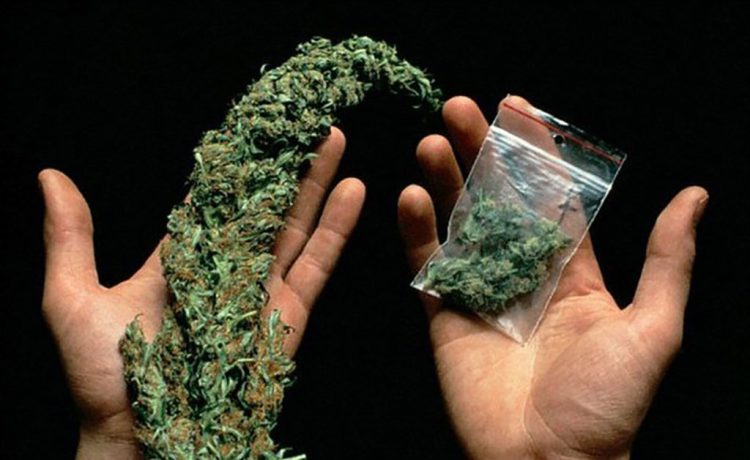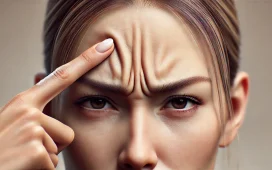Recent studies suggest that cannabis may offer relief for migraine sufferers, but more research is necessary to determine its long-term effectiveness as a treatment option.
How Cannabis May Benefit Migraine Patients
Migraines are severe neurological disorders involving more than just headaches, frequently triggering nausea, and light and sound sensitivity. While several medications exist to manage symptoms, researchers are exploring alternative treatments, including cannabis. As access expands, many patients look to get cannabis online in richmond hill as a convenient way to explore these therapeutic options. Derived from the Cannabis sativa plant, cannabis contains two key compounds: cannabidiol (CBD) and delta-9-tetrahydrocannabinol (THC). Both compounds engage with the body’s endocannabinoid system, playing a role in modulating pain sensitivity.
Emerging research indicates that cannabis may reduce migraine frequency, duration, and severity. A 2022 review highlighted its potential in alleviating migraine-related pain, while a 2020 study found that participants experienced a nearly 47% decrease in headache intensity after cannabis use. Additionally, cannabinoids like CBD and THC influence brain and nervous system receptors, which may help mitigate pain and inflammation particularly beneficial for chronic pain sufferers, a condition affecting millions in the U.S.
Possible Side Effects and Risks
Although cannabis has medicinal applications, its consumption involves some health considerations. The World Health Organization (WHO) considers CBD to have a low risk of dependency, but THC—the psychoactive component can cause adverse effects, including:
- Drowsiness and fatigue
- Dizziness and confusion
- Difficulty concentrating
- Memory impairment
- Blurred vision
- Hallucinations (in high doses)
- Headaches (paradoxically)
- Nausea and vomiting
Another concern is drug interactions. Since cannabis compounds are metabolized by liver enzymes that also process many medications, users may experience heightened side effects or reduced drug efficacy.
Legal Status of Cannabis for Migraine Treatment
In the U.S., cannabis remains classified as a Schedule I controlled substance at the federal level, meaning it is deemed to have a high potential for abuse and no accepted medical use. However, state laws vary significantly. As of 2024, medical cannabis is legal in 47 states, three U.S. territories, and Washington, D.C. Given the rapidly changing legal landscape, individuals considering cannabis for migraines should verify their local regulations before use.
Alternative Migraine Treatments
There’s no magic cure for migraines yet, but proven treatments can help keep symptoms under control:
Acute Treatments (For Immediate Relief)
- NSAIDs (e.g., ibuprofen, naproxen)
- Triptans (e.g., sumatriptan, rizatriptan)
- Antiemetics (e.g., metoclopramide) to relieve nausea
- Ergot alkaloids (e.g., ergotamine) for severe cases
- Anti-CGRP medications
Preventive Therapies (To Reduce Frequency & Severity)
- Beta-blockers (e.g., propranolol)
- Antidepressants (e.g., amitriptyline)
- Anticonvulsants (e.g., topiramate)
- Calcium channel blockers (e.g., verapamil)
- Botox injections (for chronic migraines)
Final Thoughts
Migraines can significantly disrupt daily life, and while traditional treatments remain the primary approach, cannabis is emerging as a potential supplementary option. Early research suggests it may help reduce migraine intensity and frequency, but further clinical studies are needed to confirm its efficacy and safety. Patients considering cannabis for migraine relief should consult a healthcare provider, especially if taking other medications, and stay informed about legal restrictions in their area.











